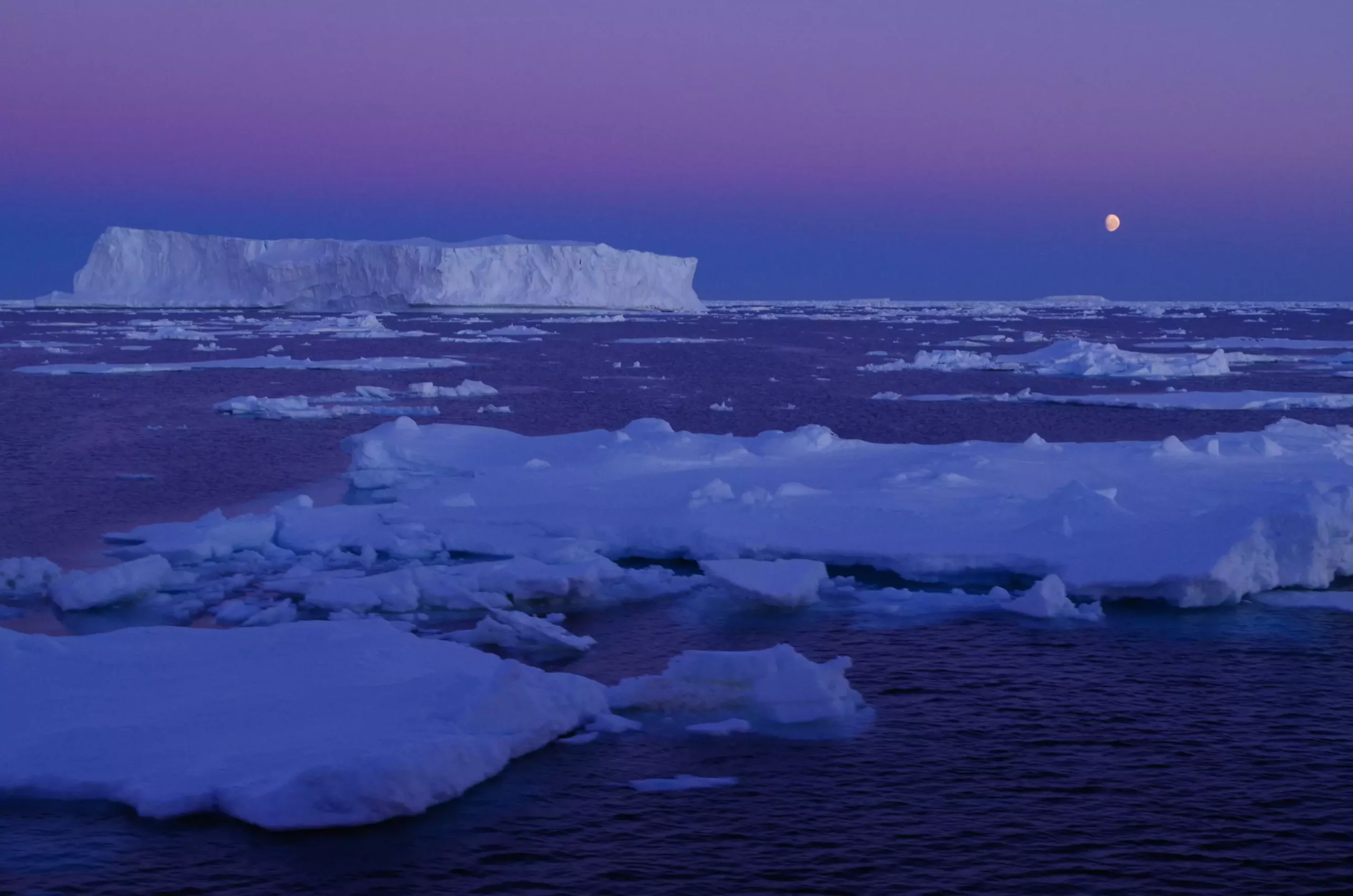The global ocean stands as a monumental component in regulating Earth’s climate, recognized as one of the largest reservoirs of heat. This vast body of water plays a crucial role in absorbing over 90% of the excess energy stemming from anthropogenic warming. The consequences of such phenomena are particularly evident in the upper 500 meters of the ocean, where significant warming has been observed over the last century. However, a lesser-known fact is that the deep ocean has exhibited much weaker warming, suggesting a relatively low efficiency in terms of ocean heat storage, estimated at roughly 0.1.
Long Time Scale Insights from Paleoceanography
To fully understand the complexities of ocean heat dynamics, it is essential to look back in time. Paleoceanographic studies indicate that on longer time scales, deep ocean warming could rival, or even exceed, surface warming. Notably, during the last deglaciation, the ocean heat storage efficiency was approximately ten times greater than what is currently observed. This historical perspective provokes a pivotal question: What mechanisms enhance ocean heat uptake and storage efficiency?
A pioneering study recently published in Science Advances has provided innovative insights into this critical issue. Conducted by an international consortium of scientists from China and the United States, the study merges advanced deglacial simulations with proxy-based reconstructions to illustrate how ocean temperatures shifted during the deglacial period. Their findings reveal that the efficiency of ocean heat storage was amplified to at least 1, primarily due to significant warming at intermediate depths provoked by deglacial influences.
Dr. Chenyu Zhu, a co-first author from the Institute of Atmospheric Sciences at the Chinese Academy of Sciences, emphasizes that ocean warming during this historical period exhibited a unique structure, markedly distinct from the warming patterns observed today. The research identifies intermediate waters as critical zones where warming was particularly pronounced, offering a different perspective on ocean heat uptake.
The study delves into the complex mechanisms behind this increased heat storage efficiency. Through an array of sensitivity experiments, the researchers found that the pronounced intermediate water warming can be linked to surface warming at mid-to-subpolar latitudes. This process was heavily influenced by ventilation associated with greenhouse gas emissions and the dynamic responses of ice sheet melting. Prof. Zhengyu Liu of The Ohio State University articulates the significance of these findings, addressing the age-old paradox regarding deep-water formation sites being insulated by sea ice while still experiencing substantial warming.
The implications of this study are profound. The findings suggest that when extensive surface warming aligns with vigorous ventilation, the ocean can absorb greater amounts of heat from the atmosphere. This enhanced heat absorption could notably mitigate the current rate of atmospheric warming, offering a glimmer of hope in understanding and tackling climate change. The insights from this research could be pivotal in refining climate models, leading to more accurate predictions on how oceans will respond to ongoing climate alterations.
As we grapple with the urgent situation posed by climate change, understanding the multifaceted roles of our oceans becomes imperative. The revelations from this recent study not only challenge existing paradigms but also pave the way for future research aimed at unraveling the intricate relationship between ocean dynamics and global warming.


Leave a Reply